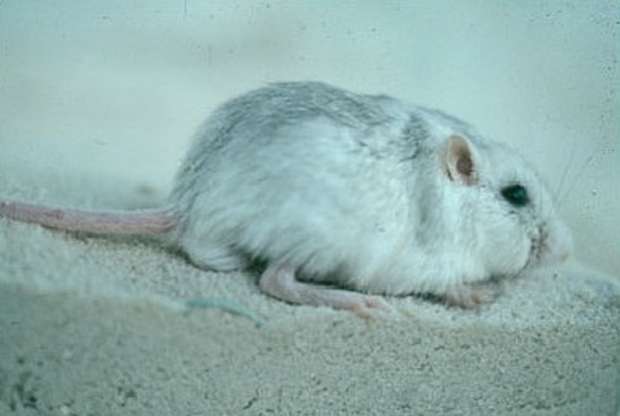In the New Mexico Desert, shifting dunes of brilliant white sand gleam in the sunshine like a pristine snowfield. White Sands is unique: a giant swathe of cool, crumbling sand that moves and changes, but is constantly replenished.
Under the scorching sun of the Tularosa Basin in the deserts of New Mexico ridges of white sands gleam like freshly fallen snow. These powdery dunes are composed not of grains of quartz – the chief constituent of most desert sands – but of soft, chalky gypsum, or calcium sulphate.
Unlike other desert sands, these glistening dunes are cool to the touch, owing to the high rate of evaporation of surface moisture and the degree to which the grains reflect, rather than absorb, the sun’s rays. White Sands covers an area of some 275 sq. miles (700km) between the Sacramento Mountains in the east and the San Andreas Mountains in the west and is the world’s largest surface deposit of gypsum, the mineral from which plaster of Paris is made.
Although gypsum is one of the most common mineral compounds found on Earth, it is rarely seen on the surface because it dissolves so readily in water. The origins of this extraordinary dune field in the arid south-western USA date back to a time, around 100 million years ago, when this area of the North American landmass was covered by a shallow sea. As its waters gradually retreated, salt-water lakes were left behind, which eventually evaporated in the sun. In addition to salt, gypsum was precipitated from the mineral-rich solution and laid down in thick deposits on the ancient seabed. The Sacramento and San Andreas mountain ranges, with the Tularosa Basin in between, started to take shape around 65 million years ago. Giant upheavals in the Earth’s crust folded and crumpled the land and the gypsum strata, thrusting them high into the air.
As the prevailing south-westerly winds sweep across the desert, they regularly fashion strange sculptures among the white dunes. Most are transitory, but occasionally a sculpture remains in place long enough for a mesquite tree or other plant to gain a brief foothold.

Seasonal rains and melt water running off the mountain ranges caused the gypsum to leach out and concentrated solutions were washed down the mountainsides. This gypsum-laden liquid accumulated in Lake Lucero, the lowest part of the Tularosa Basin. Water from the lake has no means of escape but evaporation, which leaves behind thin sheets of crystallised gypsum, or selenite. Weathering them reduces these crystals to fine, sandy grains which the prevailing south-westerly winds carry farther up the basin and pile in steep dunes that tower as high as 50ft (15m) above the desert floor. Not only are the dunes formed by the winds, they are also carried along by them – covering distances of up to 30ft (9m) a year. This endless process of change and regeneration gives the landscape the eerie appearance of having a life of its own.
This constant movement of the sands, combined with their alkaline nature and the lack of rainfall, means it is difficult for plants to thrive here. Those that succeed, such as the yucca sumac and cottonwood, manage to secure a firm hold in the shifting gypsum by developing long, elaborate root systems. Cottonwood roots, for example, can reach as deep as 100ft (30m) down into the dunes. Similarly, there are a few permanent animal residents of white Sands. Among them, the bleached ear-less lizard and the Apache pocket mouse, which is nocturnal and rarely seen, are found nowhere else on Earth. Both have developed pale protective colouring and their outlines merge into the desert’s brilliant whiteness.
At the edges of White Sands, where the heat is less intense and water more readily available, plant and animal life is more abundant. About 500 species of wildlife live here, including many brilliantly coloured flowering plants. Gold buffalo gourds bloom alongside purple sand verbenas and pink centauriums. Coyote, skunks, kangaroo rats, gophers, badgers, snakes and porcupines all make their homes here during the day and by night occasionally venture up into the dunes, leaving their distinctive tracks in the powdery porcelain sands.

The inherent beauty of White Sands lies in its ever-changing appearance yet essential permanence. For even though the wind alters the contours of the land daily, the forces of nature constantly replenish the gypsum dunes, just as winter snowfalls perpetuate the Arctic tundra.



































